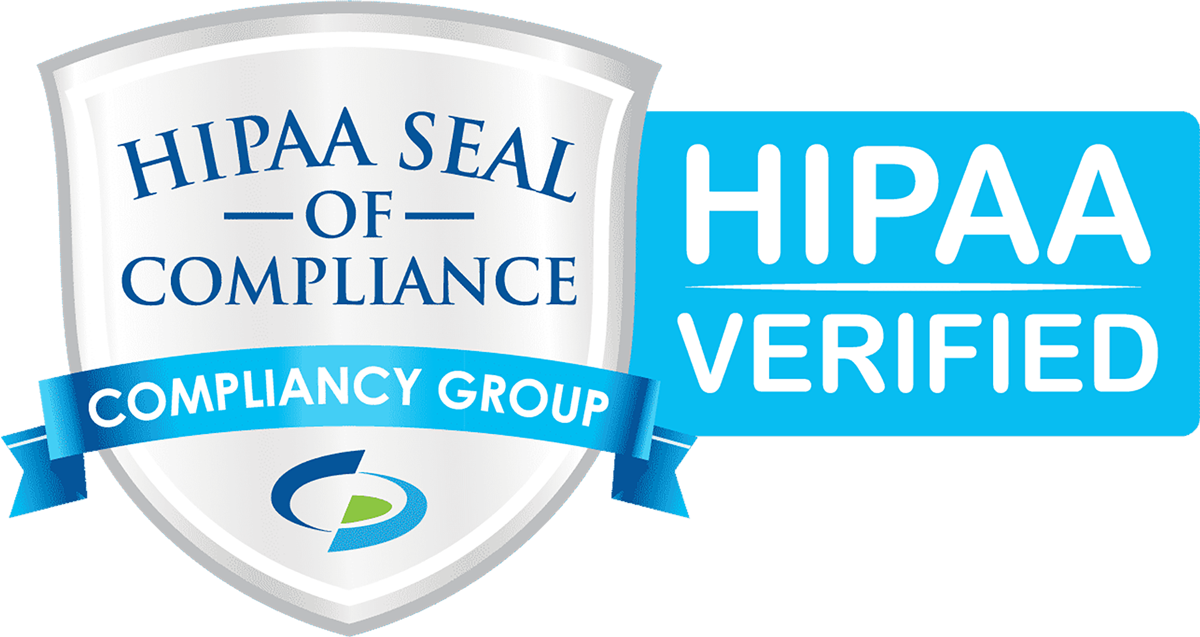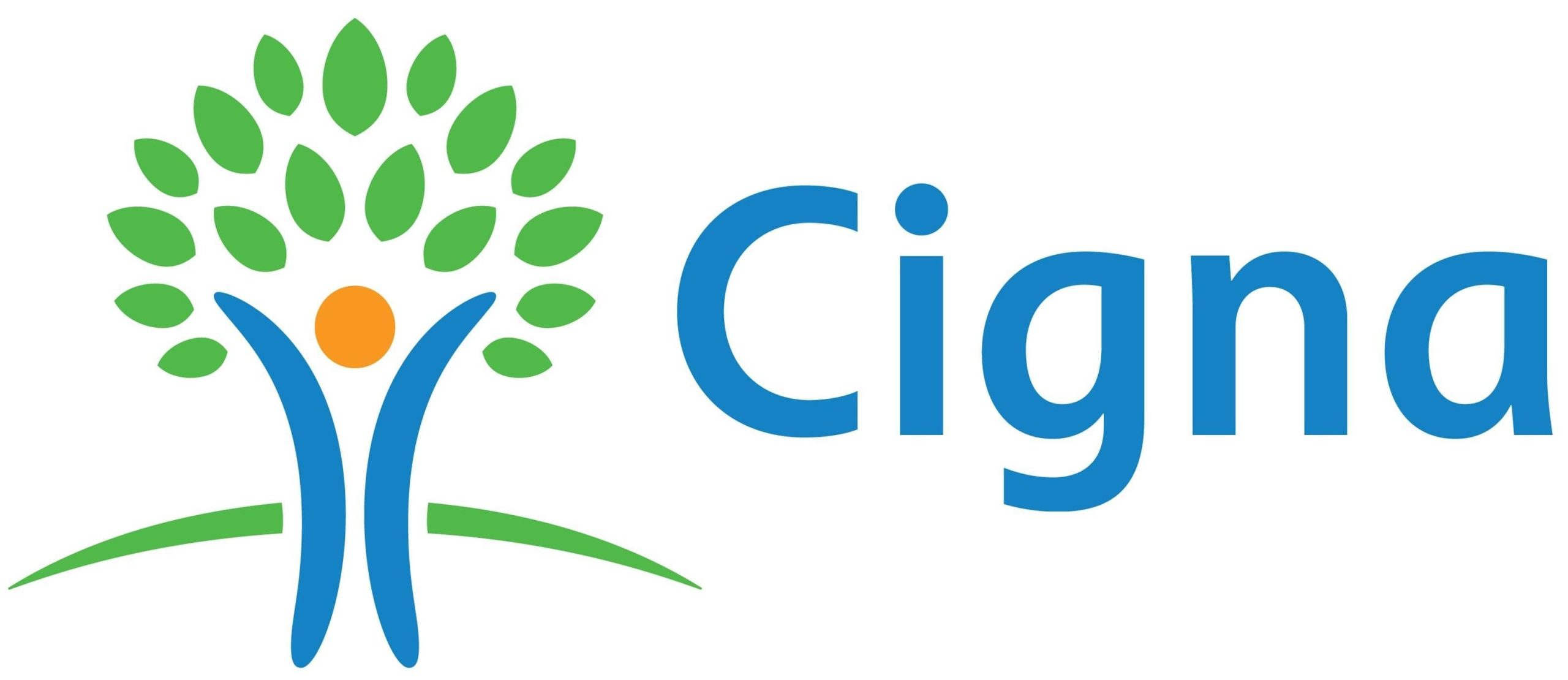Benefits of EMDR Therapy
Eye Movement Desensitization and Reprocessing (EMDR) therapy offers numerous benefits for individuals seeking mental health treatment. This therapy approach is embraced for its rapid healing effects and evidence-based effectiveness.
Rapid Healing Effects
EMDR therapy has been shown to facilitate significant improvements in a shorter time frame compared to other psychotherapy methods. This therapy can lead to positive outcomes in as few as three sessions for single-trauma victims, and six sessions for those with multiple traumas.
| Trauma Type | Sessions Required for Improvement |
|---|---|
| Single Trauma | 3 |
| Multiple Trauma | 6 |
One of the key reasons for this rapid healing is the therapy’s eight-phase approach, which includes techniques designed to process traumatic memories quickly and effectively. By stimulating the brain’s natural healing processes, EMDR therapy awakens vivid, detailed memories and mimics the rapid eye movement (REM) sleep state, leading to real-time positive resolutions.
Evidence-Based Effectiveness
EMDR therapy is supported by strong evidence for its efficacy in treating trauma and PTSD. Numerous clinical studies have demonstrated its high rates of success, often comparable to other established treatments such as exposure therapy and cognitive-behavioral therapy.
In addition to trauma and PTSD, EMDR therapy is also used to address various mental health challenges, including depression, anxiety, and substance abuse. The structured eight-phase treatment method ensures that each session is systematically addressing the unique needs of the client (PubMed Central).
By integrating EMDR therapy within our day programming, partial hospitalization program, and intensive out-patient program, we provide comprehensive care that promotes rapid and effective healing for our clients. This approach reflects our commitment to delivering evidence-based treatments to address a variety of mental health and substance abuse challenges.
If you’re interested in learning more about the distinct advantages of EMDR therapy compared to other therapeutic approaches, please explore our detailed section on EMDR vs. CBT.
How EMDR Therapy Works
EMDR therapy, or Eye Movement Desensitization and Reprocessing, is a structured, multi-phase treatment designed to help individuals process and heal from traumatic experiences. At Bright Path Program, we incorporate EMDR therapy as part of our comprehensive treatment approach. Here’s an in-depth look at how EMDR therapy works.
Eight-Phase Approach
The EMDR therapy eight-phase approach ensures that clients receive a thorough and structured treatment. Each phase plays a crucial role in the healing process and includes the following steps:
- History Taking: Gathering of comprehensive client history to identify target memories and establish a treatment plan.
- Client Preparation: Educating the client about EMDR therapy processes and setting expectations for treatment.
- Assessment: Identifying and measuring the target memory, including recognizing negative beliefs and establishing positive beliefs.
- Desensitization: Using bilateral stimulation to reduce distress associated with the target memory.
- Installation: Strengthening positive beliefs to replace negative ones.
- Body Scan: Checking for residual physical tension and addressing any remaining discomfort.
- Closure: Ensuring the client feels stable and ready to leave the session.
- Reevaluation: Reviewing the progress and impact of the treatment in subsequent sessions.
Bilateral Stimulation Techniques
Bilateral stimulation is a core component of EMDR therapy, used during the desensitization phase to facilitate the processing of traumatic memories. This technique involves activating both sides of the brain to help reprocess and integrate disturbing memories.
Different types of bilateral stimulation techniques include:
- Eye Movements: Guided eye movements from side to side.
- Tapping: Alternating tactile stimuli, such as tapping on the knees or hands.
- Audio Stimulation: Using alternating sounds through headphones.
The use of these techniques is supported by PubMed Central which states that EMDR therapy can effectively alleviate the distress associated with traumatic memories, replacing negative beliefs with positive ones.
Throughout the EMDR therapy process, assessment tools like the Validity of Cognition scale (VOC) and the Subjective Units of Disturbance Scale (SUDS) are used to evaluate the appropriateness of positive cognition and distress levels (PubMed Central). These scales help us measure the effectiveness of the therapy and ensure the best outcomes for our clients.
At Bright Path Program, we are committed to helping our clients through a variety of treatment options, including day programming, partial hospitalization program, and intensive out-patient program. Our goal is to support individuals in their journey towards healing and recovery from various mental health and substance abuse challenges.
For more information on different therapeutic approaches, check out our articles on cognitive behavioral therapy, dialectical behavior therapy, and radically open dialectical behavior therapy.
Safety and Side Effects of EMDR
While Eye Movement Desensitization and Reprocessing (EMDR) therapy is generally considered safe and effective, it is crucial to understand the potential side effects and safety measures involved.
Potential Side Effects
EMDR therapy can occasionally result in discomfort or other side effects, both mental and physical, as part of the healing process. Below are some of the common side effects one might experience:
Mental Side Effects:
- Surfacing of new memories
- Intense emotions
- Vivid dreams
- Feeling emotionally sensitive
Physical Side Effects:
- Tingling sensations
- Warmth
- Other physical sensations during or after sessions
| Side Effect Type | Examples |
|---|---|
| Mental | New memories, intense emotions, vivid dreams, emotional sensitivity |
| Physical | Tingling, warmth, various sensations |
While these experiences can be unsettling, they often indicate that the therapy is working through the trauma. It’s important for clients to communicate any discomfort to their therapist immediately.
Ensuring Therapeutic Safety
At the Bright Path Program, we prioritize the safety of our clients during their EMDR therapy sessions. Here are several key measures we implement to ensure a secure and supportive environment:
1. Comprehensive Screening:
Before starting EMDR therapy, clients undergo a thorough assessment to determine if EMDR is appropriate for their specific condition. This helps in tailoring the treatment to individual needs and avoiding any exacerbation of symptoms.
2. Trained Professionals:
Our therapists are highly trained and certified in EMDR therapy, ensuring that they are well-equipped to handle any side effects and provide the necessary support.
3. Monitoring and Support:
We closely monitor clients throughout their therapy sessions. Immediate intervention is available if any side effects become concerning. Post-session support is also provided to help clients process their experiences.
4. Gradual Exposure:
During EMDR sessions, we start with less distressing memories before gradually moving to more traumatic ones. This approach helps clients build tolerance and reduces the risk of overwhelming emotions.
5. Use of Supplementary Therapies:
In conjunction with EMDR, we may integrate other therapeutic techniques such as cognitive behavioral therapy and dialectical behavior therapy to provide holistic care. This combination can enhance the overall therapeutic effect and safety.
For more information on how EMDR therapy compares with other therapeutic approaches, visit our article on EMDR vs. CBT.
Ensuring a safe and supportive therapeutic environment allows our clients to focus on healing and achieving positive outcomes. Understanding the potential side effects and safety measures involved in EMDR can help individuals feel more comfortable and prepared as they embark on their journey to recovery.
EMDR vs. CBT
Eye Movement Desensitization and Reprocessing (EMDR) and Cognitive Behavioral Therapy (CBT) are both valuable treatments for mental health issues. However, they have distinct features and differential effectiveness that make them suitable for various conditions and situations.
Differential Effectiveness
EMDR therapy has been shown to be more effective than CBT in reducing post-traumatic symptoms, according to a meta-analysis of 11 studies involving 547 participants. At a three-month follow-up, there was no significant difference between EMDR and CBT in this regard (NCBI). Additionally, EMDR was also found to be superior to CBT in reducing anxiety symptoms, as demonstrated by a meta-analysis of five studies including 239 participants (NCBI).
| Therapy | Post-Traumatic Symptoms Effectiveness | Anxiety Symptoms Effectiveness |
|---|---|---|
| EMDR | Better | More Effective |
| CBT | Comparable at Follow-Up | Less Effective |
For clients participating in our Partial Hospitalization Program (PHP) or Intensive Out-Patient Program (IOP), understanding these differential outcomes can guide therapy choices.
Targeted Therapy Approach
EMDR and CBT take different approaches to addressing mental health challenges:
- EMDR: Utilizes bilateral stimulation techniques, such as eye movements or tapping, to help reprocess traumatic events and alter negative beliefs. This method promotes natural reprocessing of distressing memories.
- CBT: Focuses on identifying and changing negative thought patterns and automatic negative thoughts. It helps clients develop coping strategies to manage their mental health issues.
| Therapy | Technique | Focus |
|---|---|---|
| EMDR | Bilateral Stimulation | Reprocessing Events and Beliefs |
| CBT | Cognitive Restructuring | Negative Thought Patterns |
Both EMDR and CBT require multiple therapy sessions, often extending over months to years, depending on the complexity of the issues being addressed.
To explore more about how EMDR and CBT can be integrated into your treatment plan, visit our comprehensive pages on cognitive behavioral therapy and day programming. Our diverse programs aim to provide a holistic approach to mental health and substance abuse treatment.
For more information on how EMDR can help with specific conditions, check out our pages on depression treatment, anxiety disorder treatment, and traumatic brain injury treatment.
Diverse Applications of EMDR
Eye Movement Desensitization and Reprocessing (EMDR) therapy has been widely recognized for its efficacy in treating post-traumatic stress disorder (PTSD). However, at Bright Path Program, we understand that the benefits of EMDR extend far beyond PTSD treatment.
Beyond PTSD Treatment
EMDR therapy is not limited to alleviating PTSD symptoms. Research indicates its effectiveness in reducing stress in various situations, such as sexual abuse or rape, experiences of police officers, and treating conditions like dermatological disorders, phantom limb pain, deliberate self-harming behaviors, attention-deficit/hyperactivity disorder (ADHD), dissociative disorders, self-esteem issues, and personality pathology (PubMed Central).
The robust nature of EMDR therapy allows us to address a wide array of mental health challenges. Given its capability to awaken the brain and stimulate access to detailed memory and REM sleep, EMDR facilitates the brain’s natural healing and updating of negative perceptions with positive resolutions in real-time.
Addressing Various Mental Health Challenges
At Bright Path Program, we utilize EMDR therapy to treat a multitude of mental health issues beyond PTSD. Some of these applications include:
- Anxiety Disorders: EMDR has shown significant success in reducing anxiety symptoms by allowing individuals to process and manage their fears and anxieties effectively.
- Phobias: EMDR helps individuals confront and desensitize specific phobias, promoting a sense of control and reducing avoidance behaviors.
- Developmental and Childhood Trauma: EMDR facilitates the processing of traumatic experiences from childhood, aiding in the resolution of longstanding emotional issues.
- Addictions: EMDR can be used as part of a drug addiction treatment plan to address the underlying emotional traumas and triggers associated with substance use.
- Eating Disorders: EMDR helps in addressing and modifying the negative self-beliefs and emotional pain underlying disordered eating behaviors.
- Performance Anxiety: For those struggling with performance anxiety in various settings, EMDR aids in managing stress and improving overall performance.
- Sleep Issues: By addressing the emotional and psychological factors contributing to sleep disturbances, EMDR can enhance sleep quality.
- Obsessive-Compulsive Disorder (OCD): EMDR therapy helps individuals with OCD by desensitizing the triggers and compulsions associated with the disorder.
| Condition | Effectiveness |
|---|---|
| PTSD | High |
| Anxiety Disorders | Moderate to High |
| Phobias | Moderate |
| Developmental Trauma | High |
| Addictions | Moderate |
| Eating Disorders | Moderate |
| Performance Anxiety | Moderate |
| Sleep Issues | Moderate |
| OCD | Moderate |
The effectiveness of EMDR in treating these diverse conditions underscores its versatility as a therapeutic tool. For a comprehensive approach to mental and substance abuse treatment, EMDR therapy at Bright Path Program serves as a robust component within our intensive out-patient program and other therapeutic offerings such as day programming and partial hospitalization program.
By addressing a wide range of mental health challenges, EMDR therapy supports our mission to provide holistic and effective mental health care to our clients. Visit us to learn more about our comprehensive EMDR therapy and other treatment options, such as cognitive behavioral therapy and radically open dialectical behavior therapy.









 I absolutely 100% recommend this Facility!! It’s so perfectly structured and the Team here is amazing hands down!!!
I absolutely 100% recommend this Facility!! It’s so perfectly structured and the Team here is amazing hands down!!!  Jared, Isaac, Jerry, Tina, Kim, Mike, Travis, Brittany, Rebecca, ALL the nurses, the management and so many many more people have seriously impacted my life here to grow and be successful for myself.
Thank you Plum Creek for EVERYTHING!
The best experience ever
Jared, Isaac, Jerry, Tina, Kim, Mike, Travis, Brittany, Rebecca, ALL the nurses, the management and so many many more people have seriously impacted my life here to grow and be successful for myself.
Thank you Plum Creek for EVERYTHING!
The best experience ever  "
"






